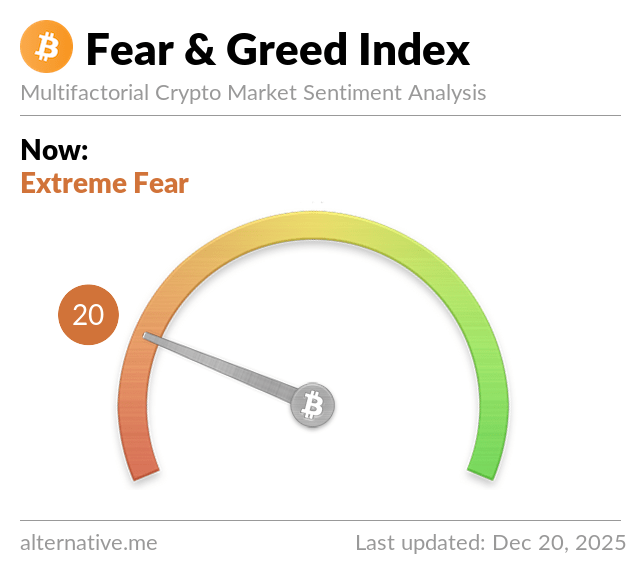Chainlink Price Feed Malfunction Triggers $500,000 in Liquidations
On May 29th, an alleged malfunction in Chainlink’s price feed resulted in over $500,000 in liquidations, reigniting discussions around the reliability of oracles within decentralized finance (DeFi).
The Incident: What Happened?
Reports indicate that Chainlink’s price oracle for the deUSD stablecoin inaccurately reflected its value at $1.03. This erroneous data instigated liquidations for users who held deUSD-denominated debt on the Euler Finance lending protocol, which operates on the Avalanche network. The ramifications of this price miscalculation were particularly impactful for users leveraging deUSD, an asset backed by real-world assets (RWAs) that offers high-yield potential.
deUSD is issued by Elixir, boasting a total supply of $185 million, with approximately $42.7 million currently in circulation on Avalanche. Owing to its appealing yield profile, deUSD has emerged as a popular collateral option, enabling traders to leverage positions by as much as 10x in pursuit of substantial returns. However, this leverage transformed into a disastrous outcome when the inaccurate price data precipitated forced liquidations.
Industry Reactions: A Mixed Bag
The incident has triggered renewed scrutiny of on-chain oracles, with skeptics pointing out their susceptibility to manipulation and inaccuracies, particularly in illiquid markets. Omer Goldberg, founder of Chaos Labs, openly critiqued Chainlink on X, stating that the oracle delayed a critical price update by 25 minutes. He argued that the reliance on APIs like CoinGecko for stablecoin pricing is misguided.
Goldberg further asserted that using volume-weighted average price (VWAP) in markets with low liquidity can lead to vulnerabilities. He emphasized the essential role of oracles in safeguarding value and user protection, questioning the effectiveness of Chainlink’s services if it merely disseminated pool prices.
In contrast, Zack Rynes, Chainlink’s Community Liaison, defended the platform against these accusations. He clarified that Chainlink aggregates ongoing market activity, leaving it up to individual protocols to interpret and filter this data appropriately. Rynes highlighted that a single Curve pool accounted for half of the daily volume that day, temporarily driving the price above $1, which Chainlink captured accurately in its VWAP.
“Chainlink provides the data users require in the format they want. It is ultimately the responsibility of protocols to ensure that this data aligns with their specific needs,” Rynes noted.
Adding to the discourse, Marc Zeller from the Aave Chan Initiative remarked that the real issue lies in protocols treating volatile or illiquid assets as though they are stable collateral. He warned that labeling shortcuts in risk management as innovations could expose users to serious risks, concluding that "Chainlink did their job."
Conclusion
This incident serves as a cautionary tale for the DeFi sector, highlighting the importance of robust risk management practices and the limitations inherent in relying solely on automated price feeds. As the market evolves, the dialogue surrounding oracle reliability and the infrastructure that supports it will remain pivotal for ensuring user security and enhancing trust in decentralized financial systems.











